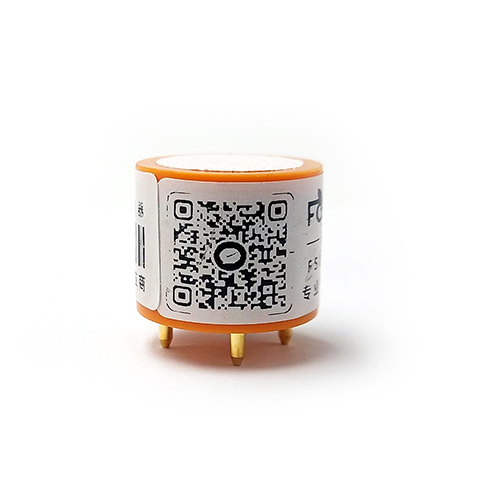Ammonia gas detector sensor
An ammonia gas detector sensor is a device for detecting the concentration of ammonia gas, which usually consists of a gas-sensitive element and a signal processing circuit. It can monitor the concentration of ammonia gas in the environment in real-time and convert it into a readable signal output, thus alerting the user to take necessary measures to protect the environment and human health.
Ammonia is a common toxic gas, mainly from industrial exhaust, vehicle exhaust, biomass combustion and so on. Due to its high toxicity and irritation, Ammonia gas is harmful to the human body and environment. Therefore, the application of Ammonia gas detector sensors becomes more and more important.

Working Principle
The working principle of the Ammonia gas detector sensor is mainly based on chemical reactions and physical principles. When the ammonia gas molecules react with the active sites on the sensor surface by chemical adsorption, it will cause electron transfer on the surface of the material, which will lead to a change in the electrical signal. Specifically, ammonia sensors usually use metal oxides (e.g., tin dioxide, tungsten dioxide, etc.) as sensor materials, which have highly active surface sites that can adsorb ammonia molecules. When ammonia reacts with the sensor surface by adsorption, the nitrogen atoms in the ammonia molecule form bonds with the oxygen atoms on the surface of the metal oxide, forming adsorption products of the ammonia molecule. The formation of the adsorption products results in the transfer of electrons from the surface of the material, which causes a change in the charge distribution on the surface of the sensor. By measuring the potential difference or current change due to the change in surface charge distribution, the ammonia sensor can obtain information about the ammonia concentration.
Ammonia gas detector sensor application areas
1. Environmental monitoring: Ammonia gas sensors can monitor the concentration of ammonia gas in the air in real-time, provide accurate data support for the environmental protection department, and help to find the pollution source in time and take corresponding treatment measures.
2. Industrial production: In industrial production, ammonia is a common raw material and by-product, and the accurate monitoring of its concentration is of great significance to ensure production safety and improve product quality.
3. Agricultural field: In agricultural greenhouses, the monitoring of ammonia concentration helps to regulate the gas environment in the greenhouse and promote the healthy growth of crops.
Product Features
FS01601 NH3 Ammonia Gas Sensor has high sensitivity, as well as anti-silicon poisoning and other characteristics, which can effectively avoid the interference of other gases, especially strong resistance to silicon poisoning. This makes FS01601 Ammonia Gas Sensor widely used in chemical, pharmaceutical, food processing, and other industries to ensure the safety and stability of the production process.
In the anti-poisoning test, the FS01601 ammonia sensor shows excellent performance. When the sensor is in a high concentration of ammonia environment, its output signal remains linear and the accuracy remains within ±3% FS. Compared with other types of sensors, FS01601 not only has higher accuracy and stability but also can effectively resist the interference of silicon poisoning, ensuring the accuracy and reliability of the measurement.







